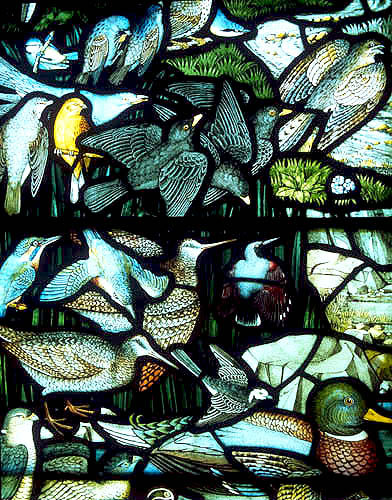

Like William Paley in Austen’s time, Ray believed in “natural theology” he wrote The Wisdom of God Manifested in the Works of the Creation.

Ray wrote texts on plants, fish, animals, reptiles, and birds. White’s book often refers to John Ray, one of the earliest parson-naturalists (1627-1705). In fact, William Herschel, discoverer of Uranus, encouraged his son to go into the clergy because it would give him plenty of time for scientific pursuits! However his son, who did not agree with church teachings, ignored that advice. Some used their time to contribute greatly to the developing sciences. Parson-naturalists, like White, were country clergymen who studied the world of nature around them, “ natural history.” The parson of a small country parish did not have rigorous or demanding duties, and often lived quietly in the countryside. The book is still read and enjoyed today, more than 200 years later! He published his famous book, The Natural History and Antiquities of Selborne, in 1789, when Austen was 24 years old. White (1720-1793) was the curate at Selborne, only four miles from Chawton (where Austen spent the later years of her life, though she lived there after he died).

Like Fanny Price, Gilbert White found the varieties of nature astonishing and fascinating, showing the glory of their Creator. “How beautiful, how welcome, how wonderful the evergreen! When one thinks of it, how astonishing a variety of nature!”-Fanny Price in Mansfield Park


 0 kommentar(er)
0 kommentar(er)
